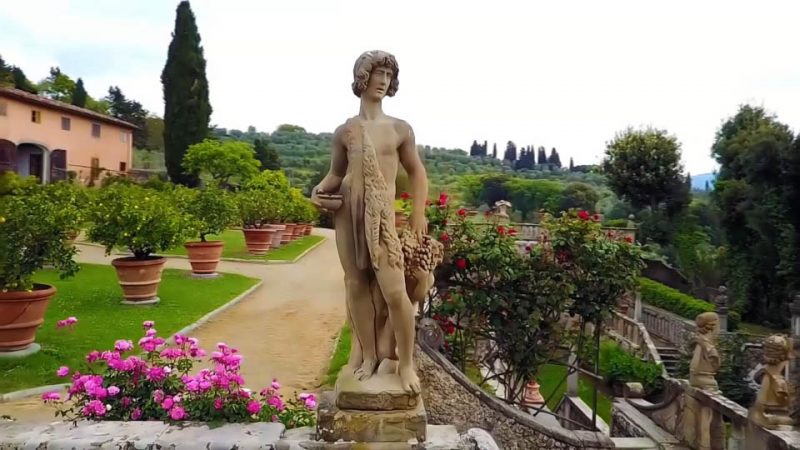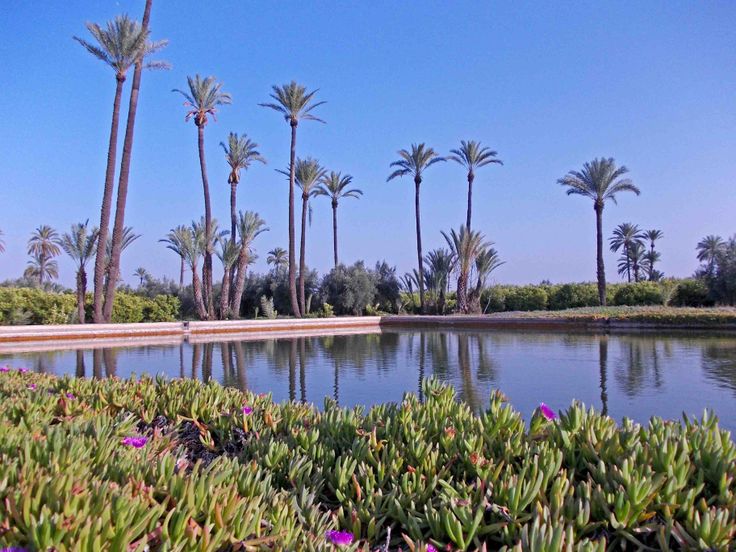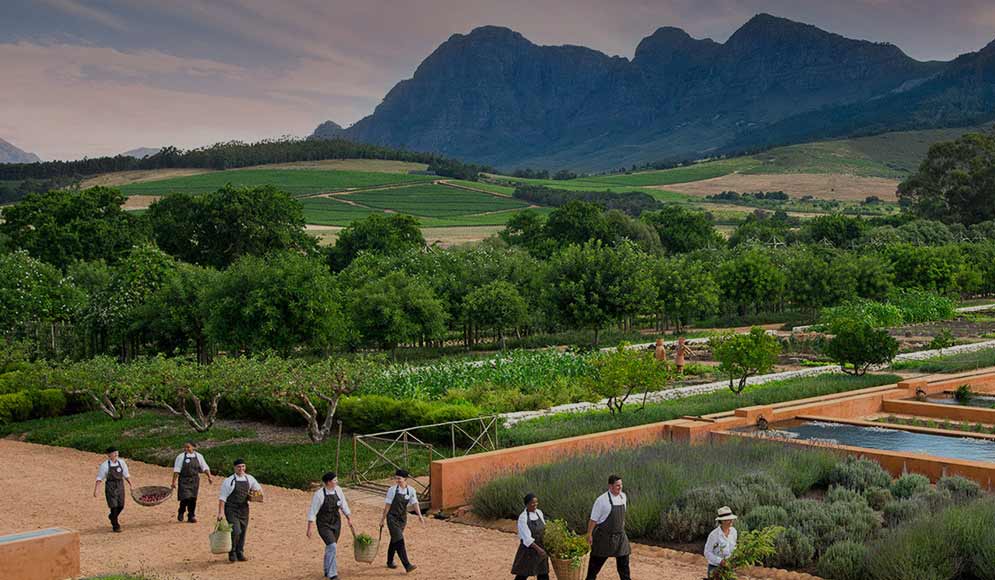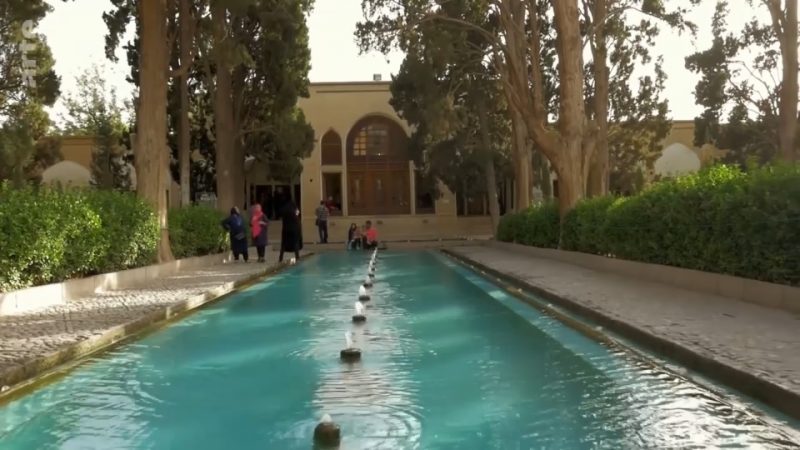Gardens Near and Far episode 22 – Villa d’Este: The Villa d’Este near Rome in Italy was a model for all Renaissance gardens that followed.
Created in the 16th century by Cardinal Hippolyte d’Este, who was descended from a wealthy family in Ferrare, the gardens are set on a hill overlooking a villa. Work on creating the gardens started in 1550, and continued for over 20 years. In the 19th century, they underwent long periods of abandon, but paradoxically, the abundant, wild vegetation attracted artists like Fragonard and Liszt, who composed “The Fountains of the Villa d’Este” there.
Gardens Near and Far episode 22 – Villa d’Este
The fame and glory of the Villa d’Este was above all established by its extraordinary system of fountains; fifty-one fountains and nymphaeums, 398 spouts, 364 water jets, 64 waterfalls, and 220 basins, fed by 875 meters of canals, channels and cascades, and all working entirely by the force of gravity, without pumps.
Pirro Ligorio, who was responsible for the iconographic programs worked out in the villa’s frescos, was also commissioned to lay out the gardens for the villa, with the assistance of Tommaso Chiruchi of Bologna, one of the most skilled hydraulic engineers of the sixteenth century; Chiruchi had worked on the fountains at Villa Lante. At Villa d’Este he was assisted in the technical designs for the fountains by a Frenchman, Claude Venard, who was a manufacturer of hydraulic organs. The result was one of the finest gardens of the Renaissance, rivaled only by the Villa Lante, the Villa Farnese at Caprarola and the Villas Aldobrandini and Torlonia in Frascati. The garden and water features were admired and imitated over the next two centuries in gardens from Portugal to Saint Petersburg.
The garden plan is laid out on a central axis with subsidiary cross-axes, refreshed by some five hundred jets in fountains, pools and water troughs. The water is supplied by the Aniene, which is partly diverted through the town, a distance of a kilometer, and, originally, by the Rivellese spring, which supplied a cistern under the villa’s courtyard (now supplied by the Aniene too). The garden is now part of the Grandi Giardini Italiani.




